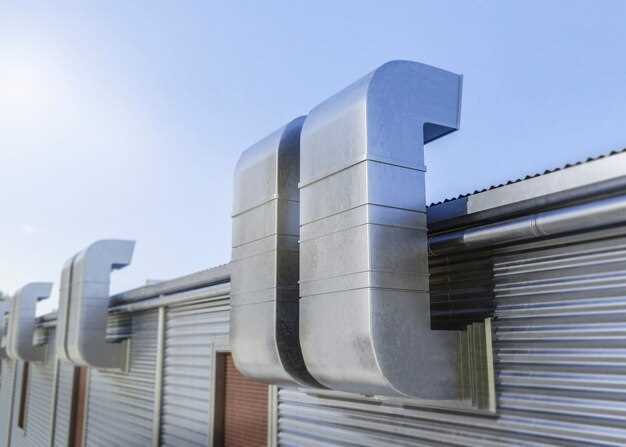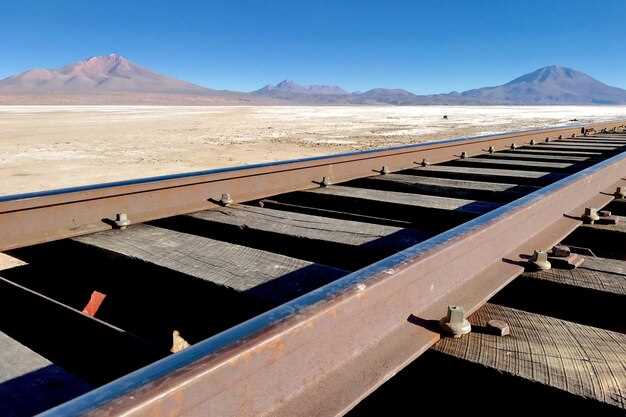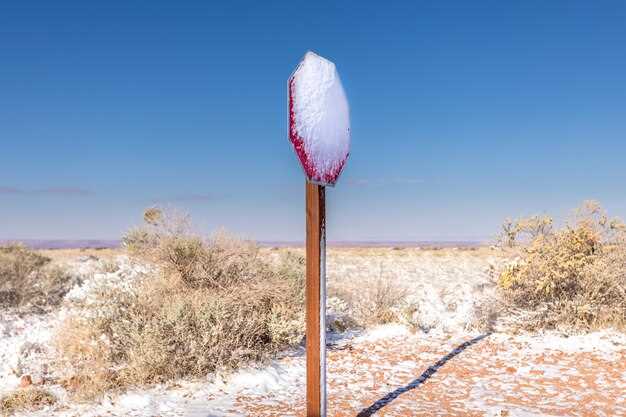
In the unforgiving environment of the desert, where temperatures soar and dust storms are a common occurrence, having a reliable air intake system is crucial for maintaining engine performance. The intake system plays a pivotal role in ensuring that your vehicle receives clean, quality air for optimal combustion. When navigating through sandy terrains, the ability to filter out harmful particulates becomes even more important to protect your engine from damage.
Effective filtration is key to enhancing the longevity of your engine under such extreme conditions. Desert environments are notorious for their abrasive dust, which can wreak havoc on unprotected components. A high-quality air intake system not only improves airflow but also incorporates advanced filtration technology designed to trap fine particles, providing your engine with the clean air it needs to perform consistently.
Selecting the right air intake system tailored for harsh desert conditions can make all the difference in driving performance and engine health. As we explore the top options available, we will highlight their unique features, focusing on how they enhance air delivery and filtration, ensuring that your vehicle remains resilient against the challenges posed by the desert landscape.
Choosing Filtration Materials for Extreme Dust Environments

When selecting filtration materials for air intake systems operating in harsh desert conditions, it is crucial to consider the unique challenges posed by extreme dust and temperature variations. The primary objective is to ensure that the air entering the engine remains clean while maintaining optimal performance, especially in such abrasive environments.
High-efficiency particulate air (HEPA) filters are a popular choice due to their ability to capture small dust particles that can cause significant engine wear. These filters can effectively trap particulates while allowing cold air to flow freely, ensuring that the system remains functional even in high-temperature conditions. Additionally, they are durable and capable of withstanding extreme conditions without collapsing or becoming ineffective.
Another effective material is synthetic media, which is often used in conjunction with foam or pleated designs. Synthetic filters can offer superior filtration efficiency while being lightweight and resistant to moisture, which is advantageous in desert regions where humidity levels can vary. They provide excellent airflow, ensuring that cold air reaches the engine while minimizing the potential for dust buildup.
When evaluating filtration options, consider the maintenance requirements. Materials that allow for easy cleaning or replaceable elements can be beneficial, reducing downtime in the field. A washable filter can save costs over time while maintaining consistent air quality. Moreover, the filter’s ability to handle prolonged exposure to dust without significant degradation is essential for reliability.
Ultimately, the choice of filtration material should prioritize both dust containment and airflow. A balance between these characteristics will ensure that the air intake system continues to perform effectively, safeguarding the engine’s longevity in extreme conditions. Thorough testing in similar environments is advisable to validate the filter’s performance before deployment, ensuring the selected material stands up to the demands of harsh desert environments.
Cold Air Intake Systems: Maximizing Performance in High Temperatures
In harsh desert climates, where high temperatures can adversely affect vehicle performance, cold air intake systems play a critical role in enhancing engine efficiency. By drawing in cooler air from outside the engine bay, these systems significantly improve the combustion process, leading to higher power output and better response times.
The primary function of a cold air intake is to increase the volume and flow of air entering the engine. This is essential because cooler air is denser, containing more oxygen molecules, which are necessary for optimal combustion. In extreme heat, traditional intake systems may draw in warm air, leading to a decrease in engine performance. Cold air intakes mitigate this by utilizing advanced filtration technologies that effectively keep dust and debris at bay while maximizing airflow.
Quality filtration becomes paramount in desert conditions, where fine particles can compromise engine longevity and performance. Cold air intakes often feature high-performance filters that provide superior filtration while maintaining low restrictions. This balance allows the engine to breathe freely, enhancing not just horsepower but also fuel efficiency under demanding conditions.
Moreover, many cold air intake systems are designed with specialized tubing that prevents heat soak, ensuring that the air entering the engine remains as cool as possible. Materials such as aluminum or high-density polyethylene are commonly used for their thermal properties, adding to the overall effectiveness of these systems.
In summary, cold air intake systems are essential for maximizing vehicle performance in high temperatures and harsh desert environments. By providing cooler air and excellent filtration, they enhance combustion efficiency, improve power output, and ensure that engines operate smoothly even under the toughest conditions.
Installation Tips for Enhanced Durability in Harsh Conditions

When installing air intake systems in harsh desert environments, several factors must be considered to ensure optimal performance and longevity. First, select an intake material that can withstand high temperatures and abrasive dust particles. Aluminum or high-quality polymers are often recommended for their durability and resistance to corrosion.
Proper filtration is crucial to protect the engine from fine sand and dirt. Choose an air filter with a multi-layer design that offers superior filtration capabilities while maintaining airflow. Look for filters that are washable and reusable, as they provide long-term cost savings and can be maintained easily in remote locations.
Placement of the intake is also critical. Ensure that the air intake is positioned to minimize exposure to water and debris. Routing the intake to a higher location within the engine bay can help avoid potential flooding from sudden rain or puddles. Additionally, avoid placing the intake near wheels where sand and dirt can be kicked up.
Use sealed connections and high-quality clamps during installation to prevent any dust ingress. Items such as silicone hose connectors can help maintain air integrity, especially in environments with significant temperature fluctuations.
Regular maintenance checks should be scheduled to inspect and clean the air filter, ensuring optimal airflow and filtration efficiency. Keep an eye on performance metrics, such as engine temperature and power output, to catch any issues early on.
Finally, consider implementing a pre-filtering solution for additional protection against fine particulate matter. Pre-filters can significantly extend the life of your primary filter and are particularly beneficial in extremely dusty conditions.




